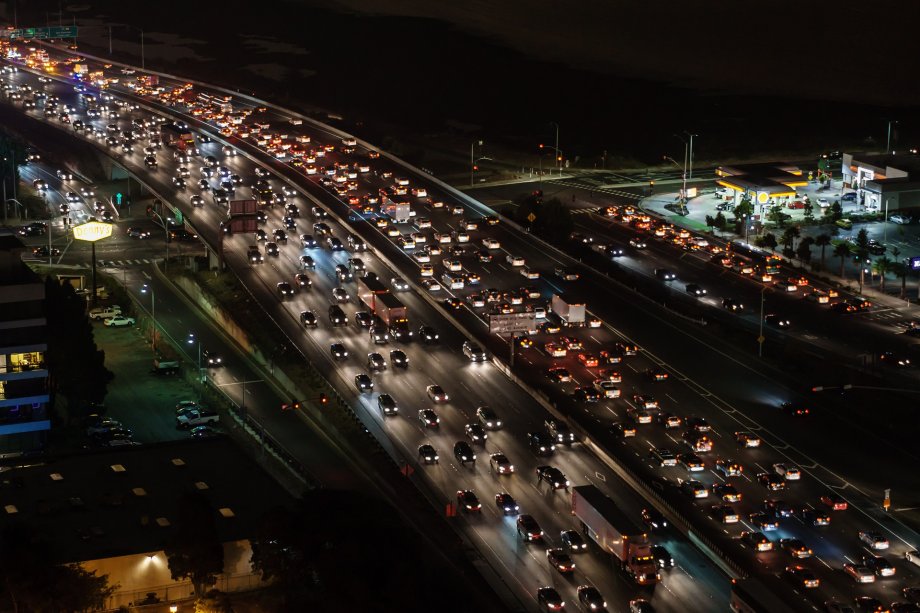
Congested roads, highways and interstates are a frustrating result of traffic incidents that can cause longer-than-expected travel times for motorists. While it is impossible to predict when a traffic incident may occur, it is possible to predict how long the incident may delay motorists, says Kaiqun Fu, an assistant professor in South Dakota State University's Department of Electrical Engineering and Computer Science.
"When an incident happens on the road, we want to know how long the incident will be," Fu said. "Artificial intelligence models can help make those predictions."
For researchers, the early detection of traffic incidents and subsequent congestion has been an important topic in the field of transportation research. With limited data available, accurate predictions have been difficult to forecast. With the deployment of traffic speed sensors in large metropolitan areas, sufficient data has made this research far more attainable in recent years.

The California Department of Transportation makes a significant amount of its traffic data available to the general public, which is why Fu and his research team focused their work on the greater Los Angeles area. California is also known for having historically "bad" traffic, making it a perfect location to analyze traffic incidents.
By using historical traffic data, traffic speed measures and incident records, Fu is able to train deep learning AI models—specifically, graph neural networks—to predict not only how long the incident may last, but how long it will take to rid a highway of increased congestion.
"We want to know the delay in terms of the time it will take for the incident to be over and how many miles the incident will affect," Fu explained. "We want to know how long the traffic 'jam' will be and how long it will take until the congestion returns to normal."
This general framework of traffic analysis is known as spatial-temporal network data forecasting.
As Fu notes, the ability to predict how long a traffic incident will cause delays will help commuters determine if they need to take alternative routes or detours, which will save both time and money. Further, this forecasting would also be beneficial to state department of transportation teams so they can determine where resources need to be allocated.
This collaborative study is an extension of Fu's previous research at Virginia Tech, where he earned both his master's and doctorate in electrical engineering and computer science. This research has produced multiple publications in academic journals.
- Contact:
- Telephone number: 605-688-6161
Republishing
You may republish SDSU News Center articles for free, online or in print. Questions? Contact us at sdsu.news@sdstate.edu or 605-688-6161.

